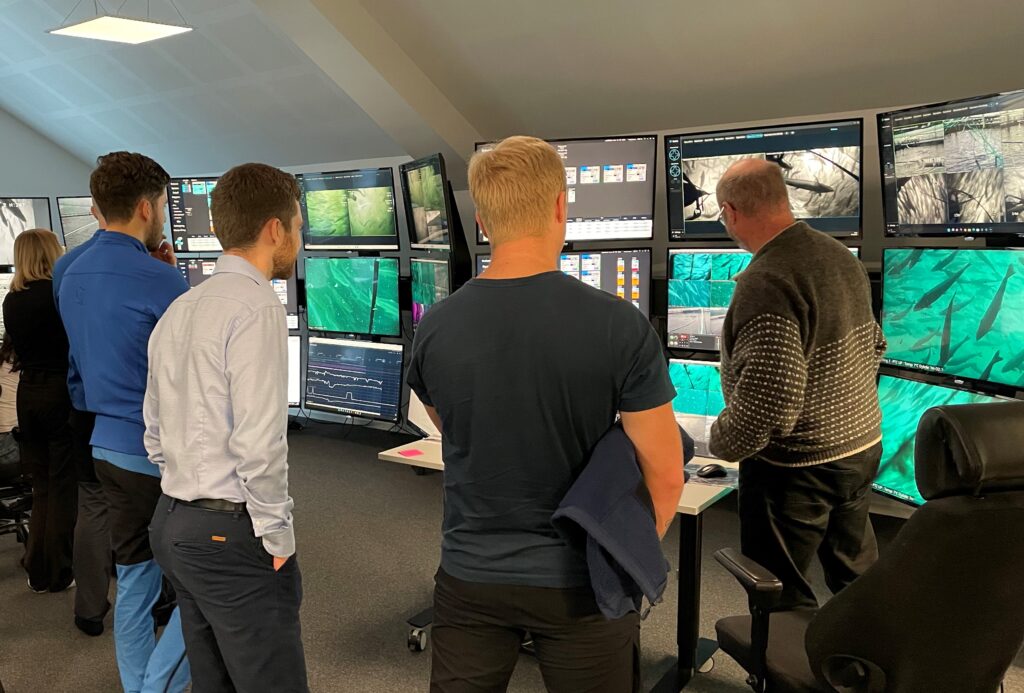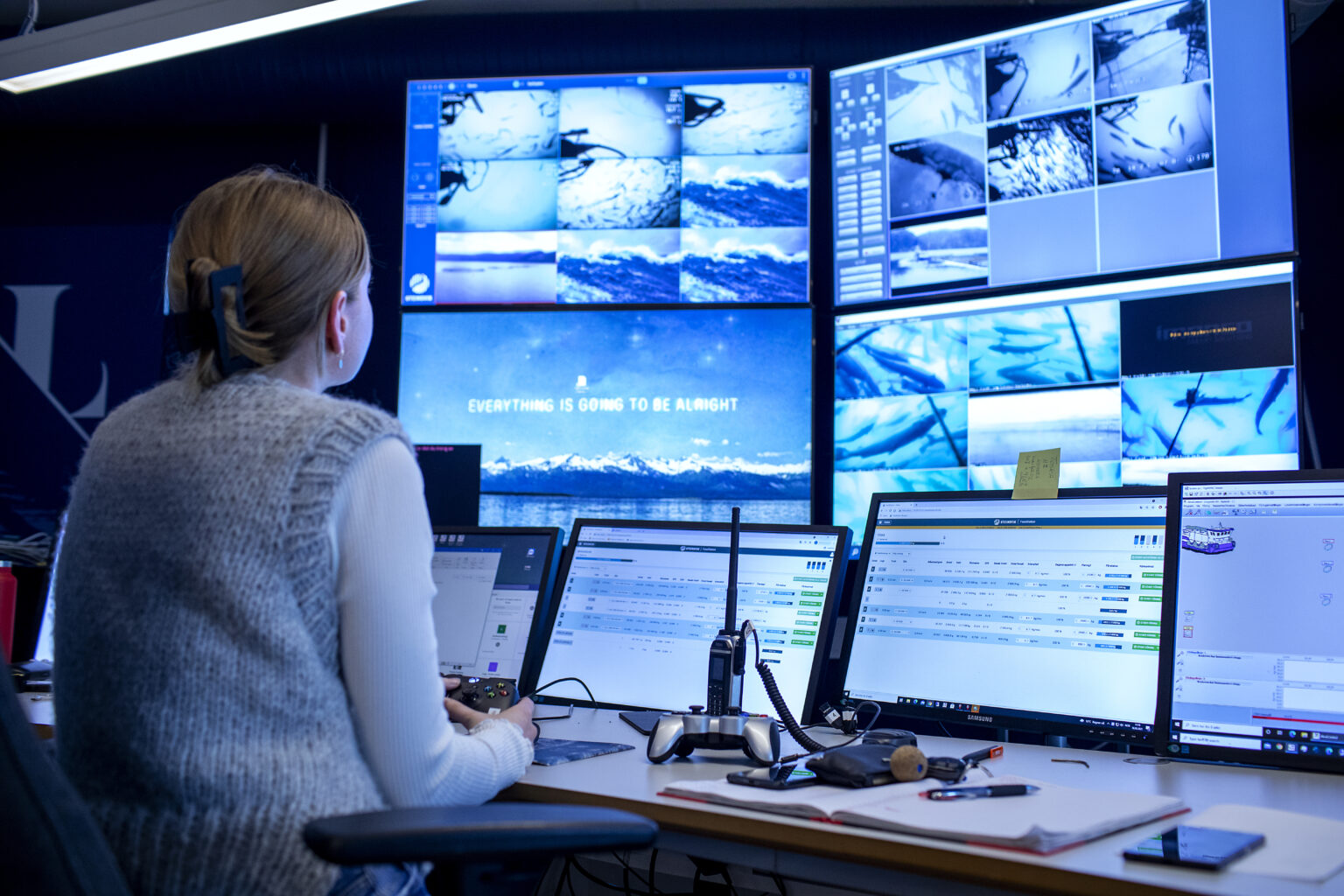Photo by Silje K. Robinson
Digitalization
A simple definition of the word digitalization is to utilize the possibilities digital technologies offers to improve, renew and to create something new. It often involves optimizing processes, making them easier and more effective, or creating completely new products.
Digitalization is often associated with multiple terms. Digital data is one of them, and a simple explanation is that data are information. The process of converting analogue information to digital information is called digitization (notice the two missing letters). Digital data are easier to share than analogue information, and data sharing therefore offers many possibilities.
Digital transformation
While digitalization often refers to a single process, digital transformation is a more comprehensive operation. The term refers to a substantial change and the process of redesigning a business at all levels.
To go through a digital transformation implies that the institution changes how they do their tasks, offer better services or products, works more efficiently, or creates completely new services. All these changes are driven by utilizing digital technology in a smart way.
How are things in the industry?
The recent years, a lot have happened in the industry when it comes to digitalization and digital transformation.

For example, when Seafood Trainee visited Bolaks in Eikelandsosen the previous week, they got to see the operation room where they manage the feeding process.
The employees were sitting in front of big screens, focused (and comfortable), while operating the feeding remotely with help from cameras and sensors in the pens.
Thanks to digital data, they can have more control over the feeding process, and this can have several positive effects for fish health and the environment around the pens. This is something Grieg Seafood does as well, and on a land-based centre in Rogaland they remotely feed 12 farms with the total of seven million fish.
Also, when the Norwegian Food Safety Authority now says that they are trying a more data driven approach towards the seafood industry, it means that they can offer more efficient and better services. It also changes the way they do their tasks. In other words, it is a digital transformation.
All these examples show how businesses in the seafood industry utilizes digital technologies and are therefore important steps towards digital transformation. However, Trond Kathenes, Grieg Seafood`s Chief Digital Officer, states in an interview that the industry still is in the early stages of a transformation.
To be continued…
We do not know exactly what the future holds, but what we do know, is that these two terms and the processes they bring with them, can give increased knowledge, value creation, innovation and productivity.
Therefore, our aim is to highlight the potential value creation of digital transformation and contribute to increased digitalization through knowledge sharing across the seafood industry.
